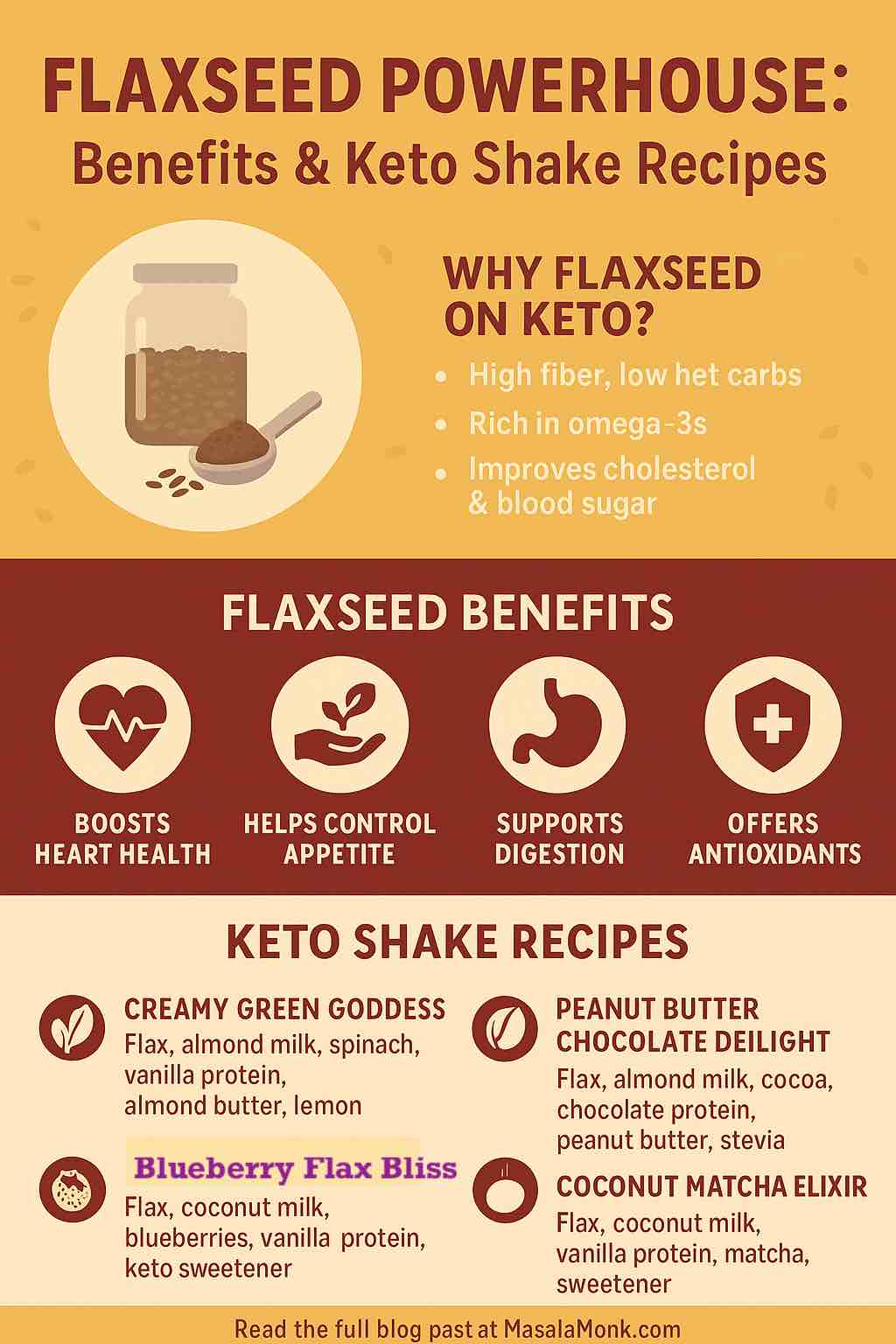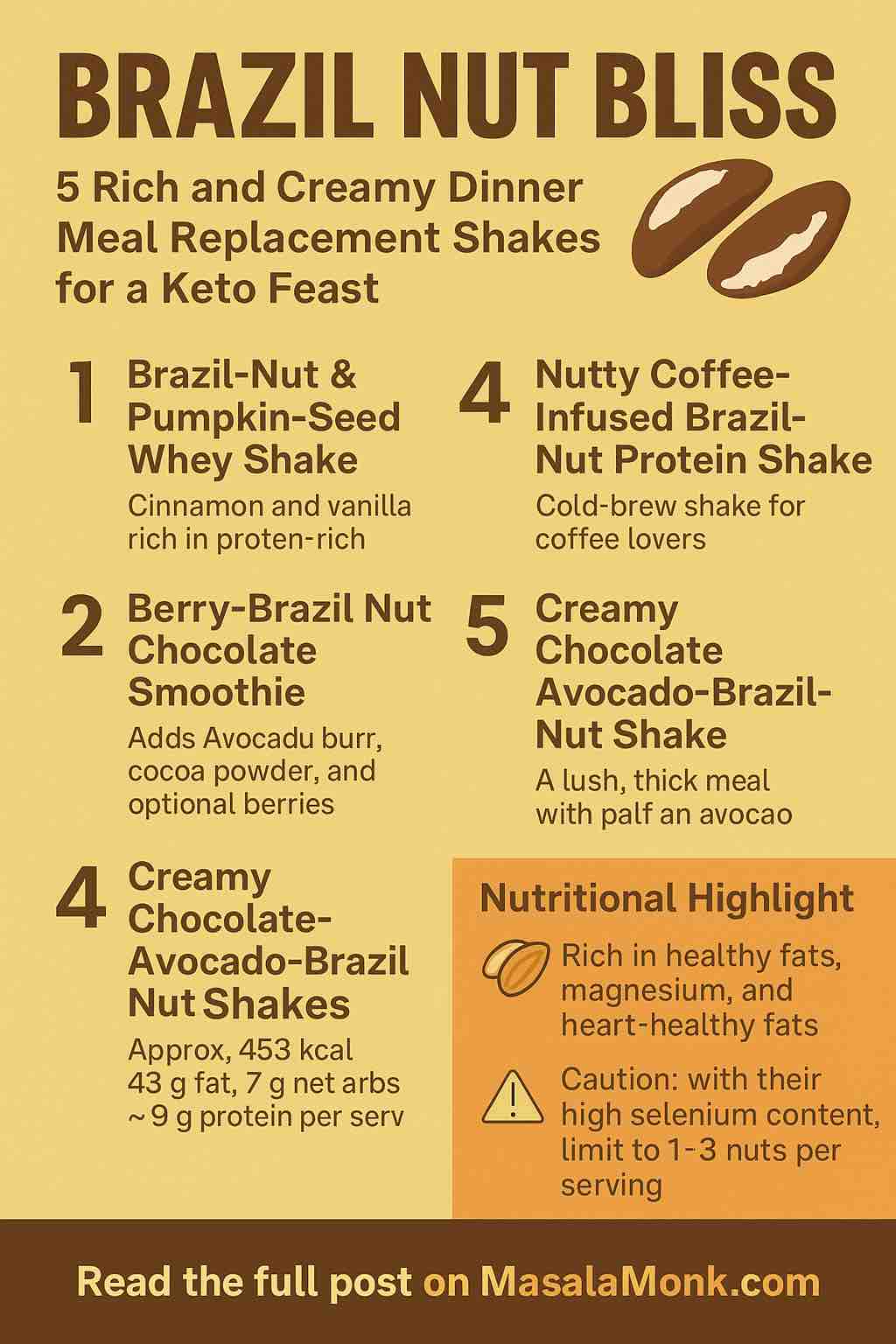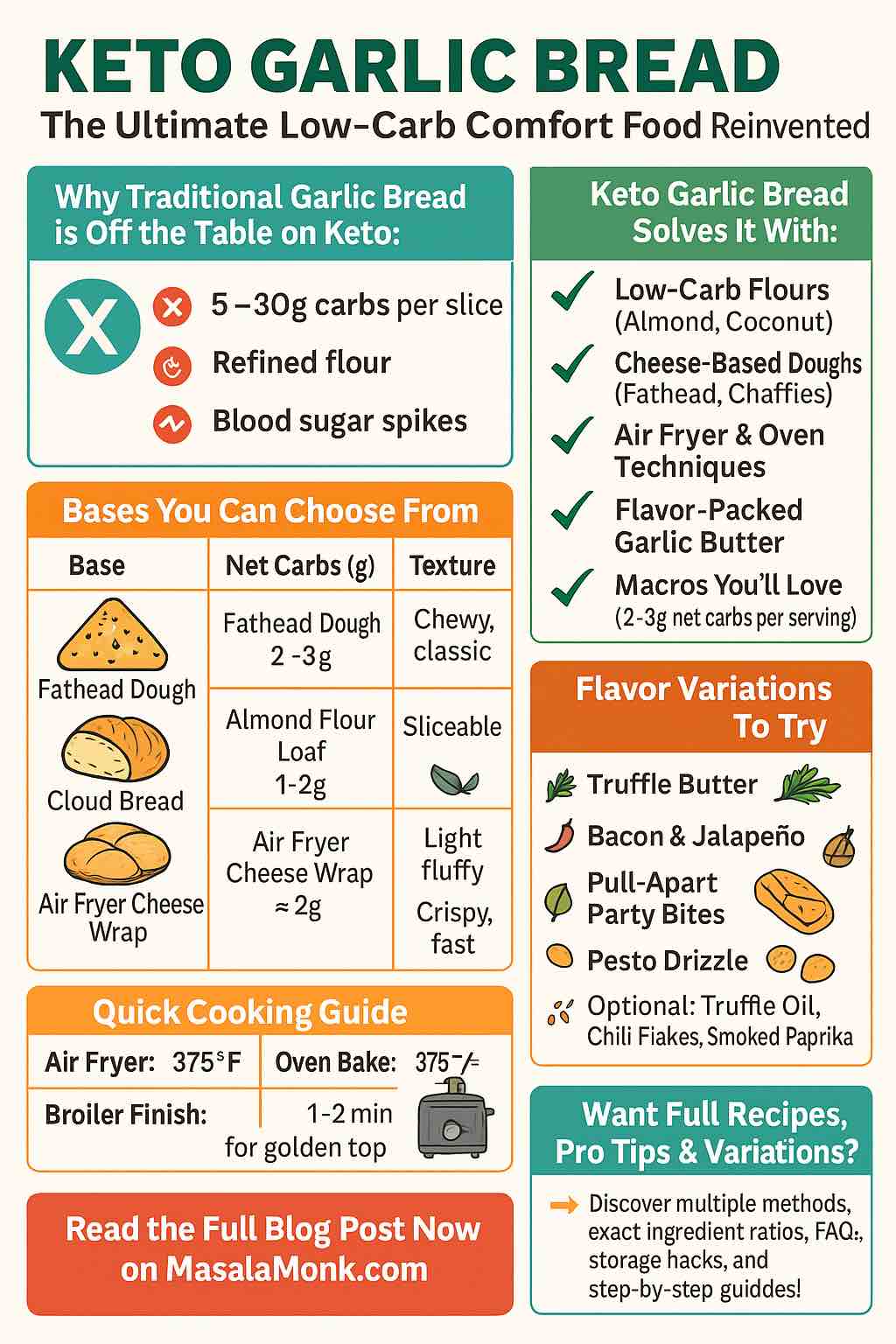
For anyone walking the low-carb or ketogenic path, bread often feels like the first and most painful sacrifice. That warm, crusty slice of sourdough or the perfect base for a sandwich seems like a distant dream. But keto bread has come a long way, and today, it’s not just about compromising—it’s about crafting low-carb creations that genuinely satisfy.
In this blog post, we’ll dive deep into the world of keto bread: from the science behind the ingredients to the best homemade recipes and the most loved store-bought brands. Whether you’re a seasoned keto baker or just dipping your toes into the lifestyle, this guide will arm you with everything you need to bake, buy, and love your keto bread.
Why Keto Bread?
Traditional bread is carbohydrate-heavy—loaded with refined flours that spike blood sugar and derail ketosis. Keto bread flips the formula on its head: low in carbs, high in fiber, protein, and healthy fats, making it a perfect fit for the ketogenic diet.
But the best keto breads do more than meet macro goals—they offer real satisfaction. The goal is to achieve a bread-like structure, taste, and mouthfeel without relying on traditional grains. Enter a world of almond flour, oat fiber, psyllium husk, eggs, cheese, and more.
Key Ingredients to Understand
1. Almond Flour
A staple in keto baking. It’s naturally low in carbs and rich in fats and protein. Ideal for quick breads and muffins.
2. Coconut Flour
Highly absorbent and rich in fiber. Use in smaller quantities, often paired with eggs or other binders.
3. Oat Fiber
A zero-carb flour substitute made purely from the fibrous husk of oats. Adds lightness and improves texture.
4. Psyllium Husk Powder
Essential for gluten-free elasticity. Gives structure and a chewy texture to keto bread.
5. Vital Wheat Gluten
While not gluten-free, this ingredient mimics traditional bread elasticity and rise. Often used in hybrid keto loaves.
6. Eggs & Cheese
Used in fathead doughs and cloud bread, they add richness, structure, and protein.
The Best Homemade Keto Bread Recipes
1. Classic Almond Flour Keto Bread
- Ingredients: Almond flour, eggs, baking powder, butter, salt.
- Texture: Soft and slightly crumbly, great for toast.
- Tip: Separate the eggs and whip the whites for a fluffier loaf.
2. Oat Fiber + Flax + Vital Wheat Gluten Bread
- Ingredients: Oat fiber, flaxseed meal, vital wheat gluten, yeast, butter, egg whites.
- Texture: Most like traditional bread—crusty outside, chewy inside.
- Tip: Proof the dough like you would with regular bread for better rise.
3. Fathead Dough Loaf
- Ingredients: Mozzarella cheese, cream cheese, almond flour, egg, baking powder.
- Texture: Dense but satisfying.
- Tip: Add a touch of yeast for depth of flavor.
4. 90-Second Mug Bread
- Ingredients: Almond or coconut flour, egg, butter, baking powder.
- Texture: Spongy, great for a quick sandwich fix.
- Tip: Slice and toast for better texture.
5. Psyllium Husk Yeast Bread (Egg-Free)
- Ingredients: Almond flour, psyllium husk, yeast, apple cider vinegar, water.
- Texture: Firm, chewy, sandwich-ready.
- Tip: Bake in a preheated cast iron loaf pan for a better crust.
Best Store-Bought Keto Bread Brands
International:
- Sola Bread – 1-2g net carbs, multiple flavors.
- ThinSlim Foods – Zero net carb bread and bagels.
- Hero Seeded Bread – Tastes like whole wheat, only 1g net carb.
- Base Culture – Gluten- and grain-free; paleo friendly.
India-Based:
- Lo! Foods – 2.8g net carbs, clean label, delivered pan-India.
- Khhet – Artisanal mini-loaves and low-carb tortillas.
- Get Sorted – Keto roti and wraps with 3-4g net carbs.
These options are perfect for busy lifestyles or when baking isn’t an option. Just be sure to check the label for true net carbs and avoid brands that sneak in maltodextrin or modified starches.
How to Store and Serve Keto Bread
- Storage: Keto bread has fewer preservatives. Store in an airtight container in the fridge (up to 1 week) or freeze in slices.
- Reheating: Always toast or warm before eating—this revives texture and flavor.
- Serving Ideas:
- Avocado toast with hemp seeds
- Keto French toast with erythritol syrup
- Sandwiches with sugar-free deli meats and cheeses
- Grilled cheese using fathead dough bread
Final Tips for Keto Bread Success
- Use precise measurements – Keto flours behave differently.
- Let the bread rest after baking – Texture improves as it cools.
- Toast it – Especially with mug breads or low-moisture loaves.
- Experiment – Try combinations like lupin flour and whey for high-protein versions.
Conclusion
Keto bread is no longer a compromise—it’s a craft. With a little experimentation and the right ingredients, you can enjoy bread that’s as good as (if not better than) its high-carb counterpart. Whether you’re baking from scratch or grabbing a trusted loaf off the shelf, keto bread delights are here to stay—crisp, golden, satisfying, and oh-so-keto.
FAQs
1. Is keto bread really low in carbs?
Yes, authentic keto bread typically contains 0–3 grams of net carbs per slice, depending on the ingredients. The key is using low-carb flours like almond flour, coconut flour, oat fiber, or psyllium husk.
2. Can I eat keto bread daily?
Absolutely—in moderation. It’s great for maintaining variety and satisfaction on a keto diet. Watch your total daily carb limit (usually 20–50g net carbs) and check the ingredients to avoid hidden sugars or starches.
3. What’s the best flour substitute for wheat in keto bread?
It depends on your dietary goals:
- Almond flour: Nutty flavor, higher in fat.
- Coconut flour: Very absorbent, use less.
- Oat fiber: Zero-carb, adds volume.
- Vital wheat gluten: High protein, bread-like elasticity (not gluten-free).
4. Why does my homemade keto bread taste eggy?
Too many eggs or insufficient balancing ingredients (like vinegar or psyllium) can cause this. Whipping egg whites separately and using fewer yolks helps neutralize the flavor.
5. Can I make keto bread without eggs or dairy?
Yes! Use psyllium husk, apple cider vinegar, and yeast for binding and rising in egg-free versions. Coconut cream or nut milk can replace dairy.
6. Is keto bread gluten-free?
Some recipes are, especially those made with almond, coconut, or flaxseed flour. However, bread using vital wheat gluten is not gluten-free, so check recipes or packaging accordingly.
7. How should I store keto bread?
Homemade keto bread should be stored in the fridge for up to 7 days or frozen in slices for longer life. Always toast before eating to restore texture.
8. Can I use a regular bread machine for keto bread?
Yes, with some recipes. Ensure the dough cycle is manual or programmable, and use recipes designed for low-gluten development (e.g., no long kneading needed).
9. What’s the best store-bought keto bread brand?
Top-rated include:
- Sola Bread (1–2g net carbs)
- ThinSlim Foods (zero net carbs)
- Lo! Foods (India-based, ~2.8g net carbs)
Always verify nutrition labels and ingredients.
10. Can I lose weight eating keto bread?
Yes, if it fits within your macronutrient goals. Keto bread is lower in carbs and often higher in fiber and fat, promoting satiety and helping maintain ketosis.













